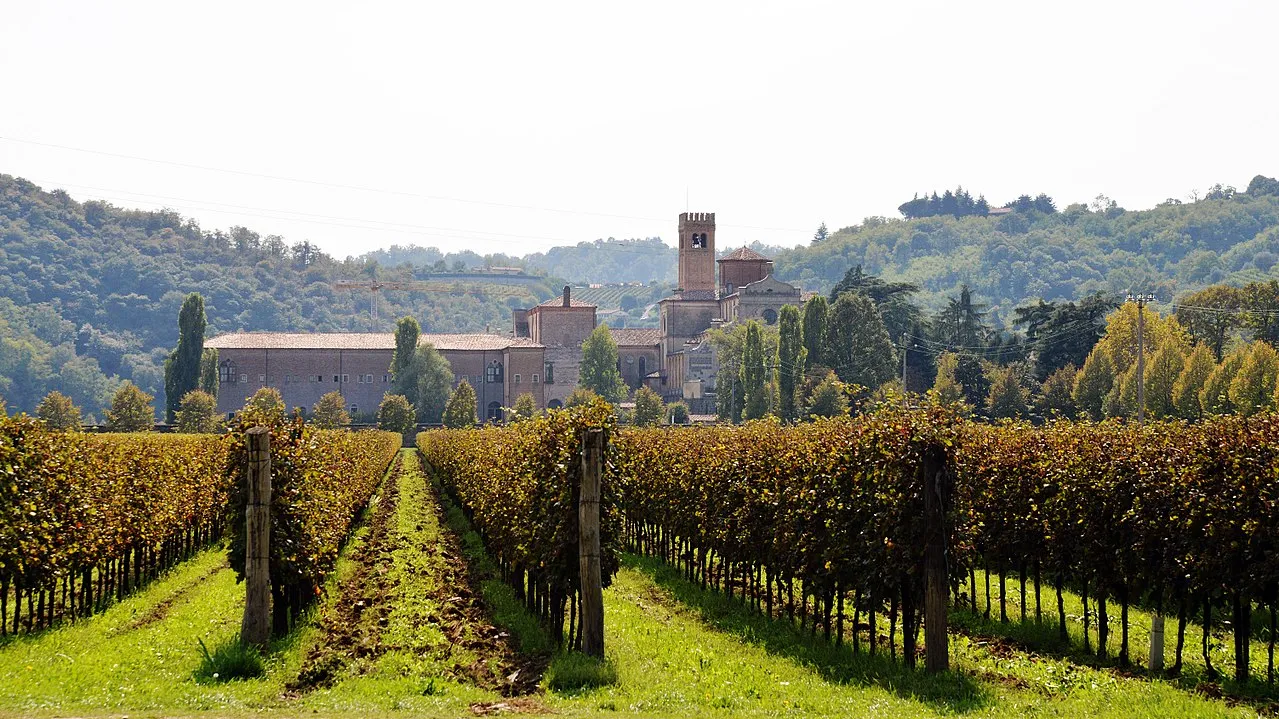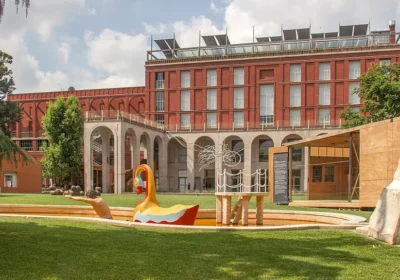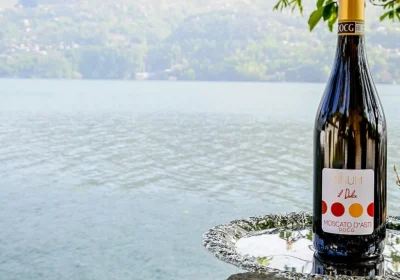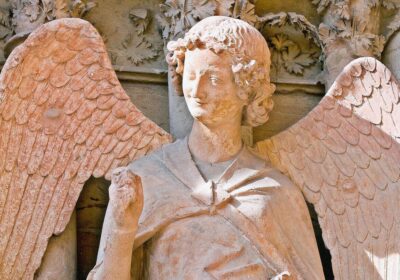In October 1989, a Regional Park with a total area of about 22,000 hectares and a perimeter of 65 km was established in the entire Euganean Uplands. The park is characterized by the Euganean hills of volcanic origin and conical shape, with the highest point, the Venda hill (601 above sea level), passing into the plains to the south-east of Padua. A large number of archaeological finds in the area confirm the existence of human settlements dating back to the pre-Christian era, with historians proving the presence of the first inhabitants from the middle of the 5th century BC. You can verify this by visiting the National Museum of Atestino of Este. One of the ancient roads “Annia” (2nd century BC) passed through the town rising on one of the hills of Monselice.
During the tour of these picturesque places you can visit the monastery “Abbazia di Praglia” of the Benedictine order, first mentioned in 1117 as “Pratalea” because it was surrounded by fields. It is a working monastery where, accompanied by a monk, you will hear the rich history of the monastery. Within the walls of its library alone there are more than 50,000 volumes of rare books. In the church, which was designed by Tullio Lombardo and dedicated to the “Virgin Mary” XV-XVI centuries, and is part of the monastery complex, there are works by the famous artists of that era, Domenico Campagnolo and G.B. Zelotti.
Next, your route along the roads of the Euganean Hills will take you to the medieval town of Arquois Petrarca, inhabited before the Roman era. It owes its name to the great 14th century Italian poet Francesco Patrarca, who spent the last years of his life here from 1360 until his death on July 19, 1374. In his dying will, the poet asked to be buried in this town near the church of St. Mary (first mentioned in the XI century). The poet’s tombstone is made of trachyte and red Verona marble in the early Christian style. You can stroll through its streets and visit the poet’s house-museum. From the window of his study you have a magnificent view of the hills. Maybe this is where the poet found inspiration for his famous collection of poems dedicated to his muse Laura, who lived in this small town.
Next your route passes through the town of Monselice or “Mons Silicis” (population 17553) as it was called by the ancient Romans. It was built at the foot of Mount Rocca and had a very important military and strategic importance in different eras. It is known for its castle “Ca’Marcello” XI-XII century.
On the southern slopes of the Euganean hills is the ancient town of Este, which from 49 BC was considered a military colony of the Roman Empire and had an urban municipality. Due to constant barbarian raids and floods of the river Atesis (one of the branches of the river Adige), the city as if disappears from the sight of historians and only in the XI century begins to develop again with the arrival of the noble family D’Este. We recommend visiting the “Fortress”, built in 1339-1340 by Umbertino Carraresi (from the noble family of Padua) on the site of a fortified structure dating back to 1056. You should visit the ancient church of St. Tecla, the interior of which is a masterpiece of architecture with an amazing oval shape, in the altar of the church there is a painting by the famous painter Tiepolo. Do not forget to stroll through the main square of the city – Piazza Maggiore with the princely palace – Palazzo del Principe, built by the Contarini family according to the project of Vincenzo Scamozzi. It owes its name to the owner Alvise Contarini, who was elected Doge of the Venetian Republic “Serenissima” in 1676.
The route can pass through one more town. This is Montagnana. A medieval fortress town surrounded by a high fortress wall, built in 1340-62 at the behest of Francesco Carraresi of Padua. It is proposed to pass into the inner part of the city through one of the four gates on the lift bridge, walk through the narrow streets of the city and visit the cathedral, in the altar of which you can admire the painting of the artist Paolo Veronese.
Duration of the tour is up to 5 hours with a guide and car. The cost of entrance tickets to museums is paid separately.

















